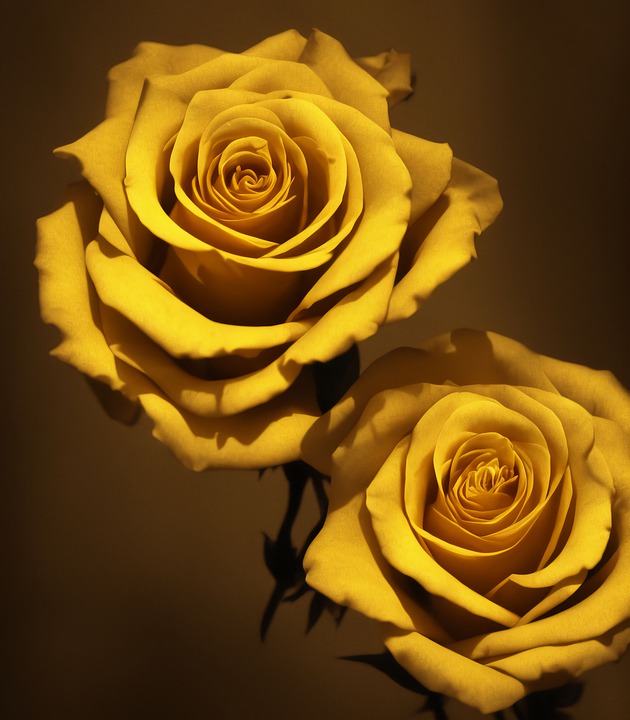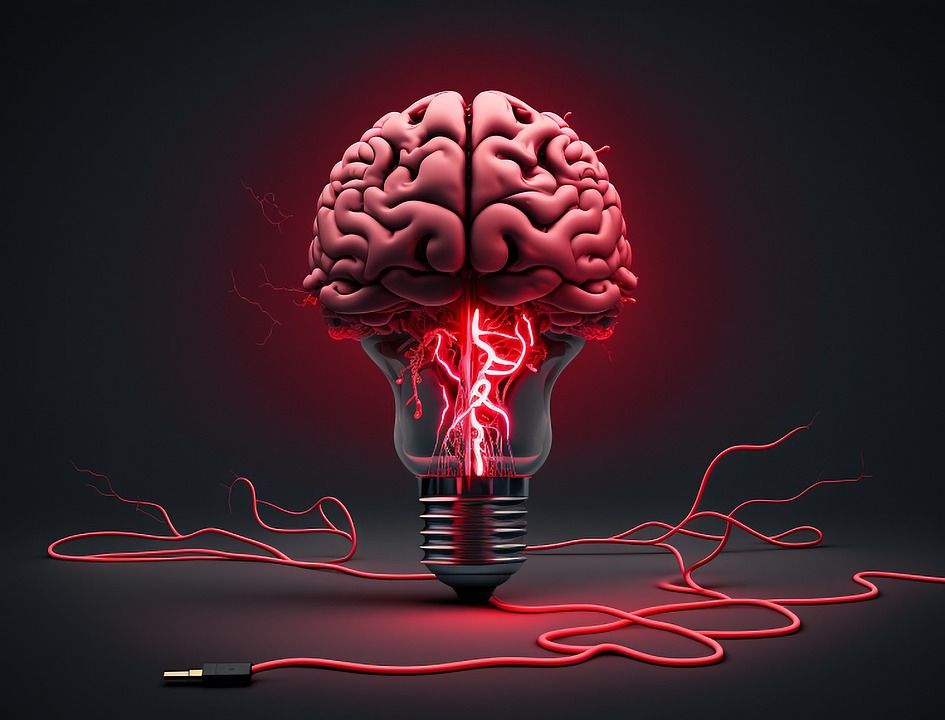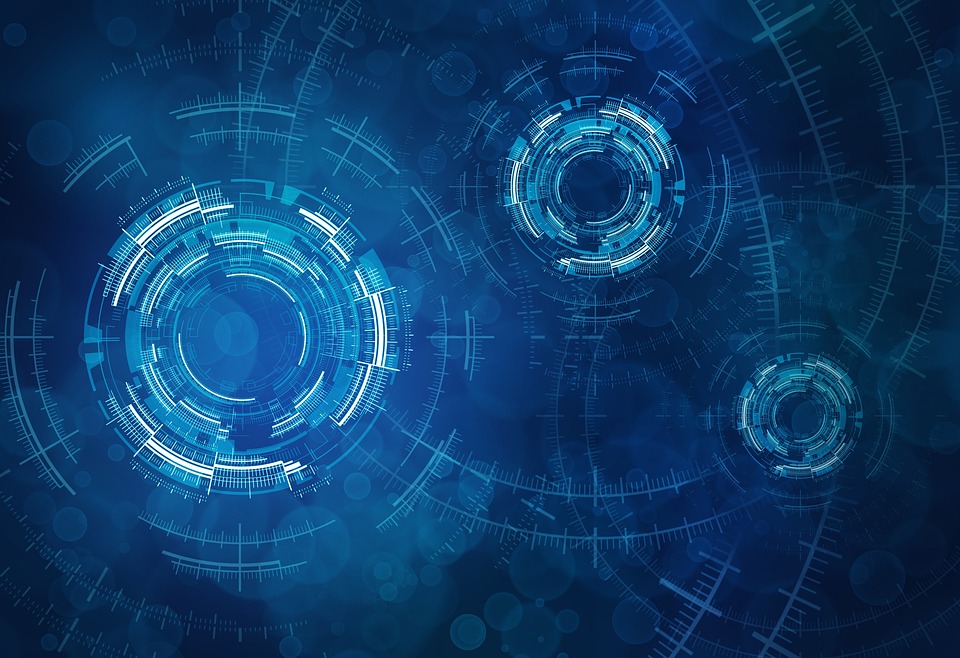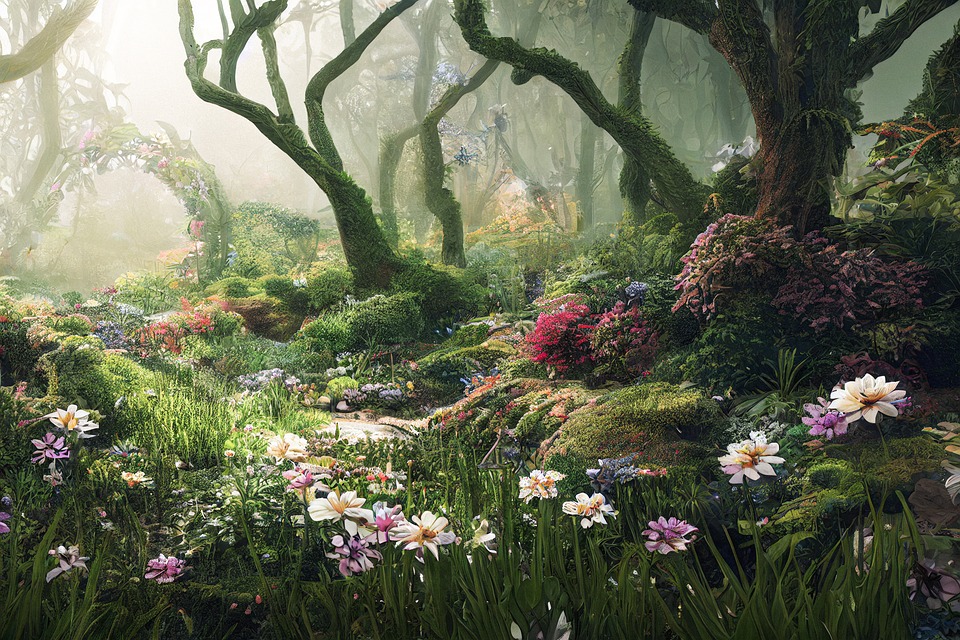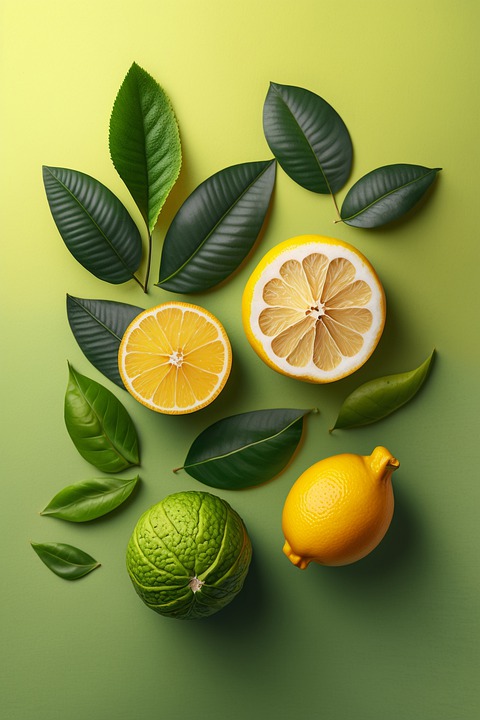
In recent years, the convergence of art and technology has increasingly gained prominence. One major component of this intersection is artificial intelligence (AI), which has the capability to revolutionize the way we create and experience art. AI has already been employed in generating music, visual art, and interactive experiences. As AI undergoes further development, it is crucial for artists to understand how to utilize it to their advantage.
At its essence, AI refers to a form of computer programming that enables machines to learn from data and make decisions without human intervention. It can be utilized in various ways when it comes to art, from generating images and music to creating interactive experiences. Additionally, AI can be deployed in analyzing existing artworks and creating new ones based on the data it collects.
One of the most fascinating applications of AI in art is in generating new images. The process entails feeding data into a computer program, which then creates a unique image based on the given data. This approach is popularly known as “generative art” and has been utilized in creating everything from abstract designs to realistic portraits. With AI-generated images, artists can create one-of-a-kind artworks that are impossible to replicate manually.
Another application of AI in art is in creating music. Similar to generating images, AI-based music creation involves feeding data into a computer program and having it produce a unique composition based on the given information. This approach is referred to as “generative music” and has been utilized in producing anything from classical compositions to electronic music. With AI-generated music, artists can create musical pieces that are unique and impossible to recreate by hand.
AI can also be used to create interactive experiences. Here, data is fed into a computer program, enabling it to create a unique experience based on the given input. This approach is referred to as “generative experience” and has been utilized in creating virtual reality experiences and interactive art installations. AI-generated experiences allow for unique experiences that are impossible to replicate through manual methods.
As AI continues to evolve, it becomes increasingly important for artists to utilize the technology to their advantage. AI can be used to create unique works of art, music, and experiences that are impossible to replicate manually. Furthermore, AI can analyze existing artworks and create new ones based on the data it collects. By taking advantage of AI in art, artists can create truly unique works, pushing the boundaries of what is achievable.
In conclusion, the convergence of art and technology provides endless possibilities, with AI functioning as a major component in this intersection. AI can create unique works of art, music, and experiences that cannot be replicated manually. By acquiring knowledge on how AI can be used in art, artists can create works that are exceptional and revolutionary.
